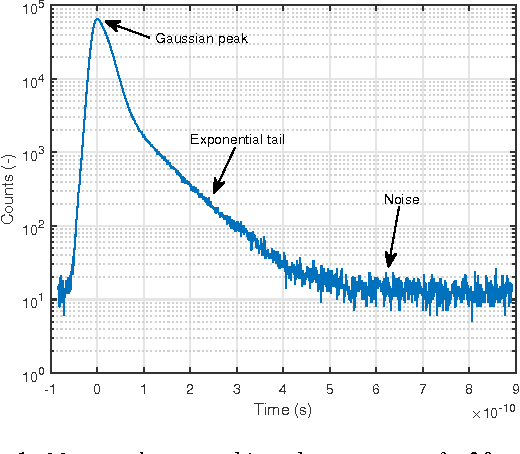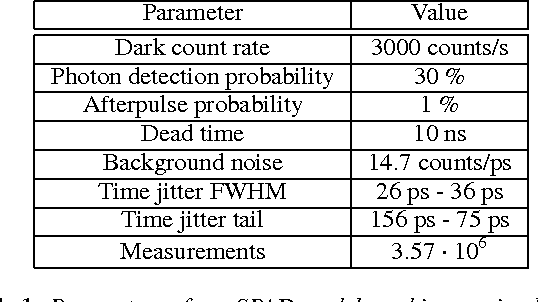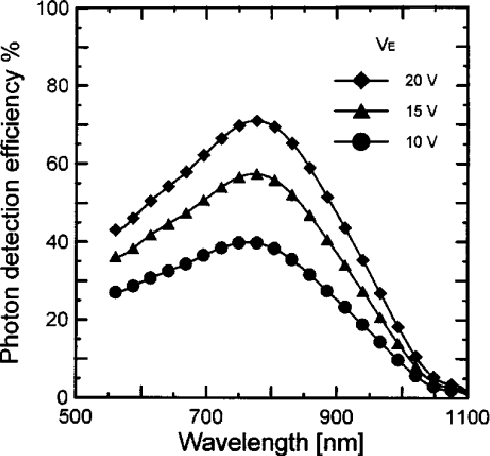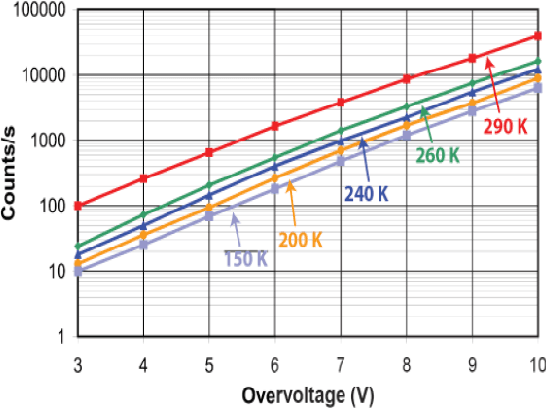A Computational Model of a Single-Photon Avalanche Diode Sensor for Transient Imaging
Paper and Code
Feb 23, 2017



Single-Photon Avalanche Diodes (SPAD) are affordable photodetectors, capable to collect extremely fast low-energy events, due to their single-photon sensibility. This makes them very suitable for time-of-flight-based range imaging systems, allowing to reduce costs and power requirements, without sacrifizing much temporal resolution. In this work we describe a computational model to simulate the behaviour of SPAD sensors, aiming to provide a realistic camera model for time-resolved light transport simulation, with applications on prototyping new reconstructions techniques based on SPAD time-of-flight data. Our model accounts for the major effects of the sensor on the incoming signal. We compare our model against real-world measurements, and apply it to a variety of scenarios, including complex multiply-scattered light transport.
 Add to Chrome
Add to Chrome Add to Firefox
Add to Firefox Add to Edge
Add to Edge